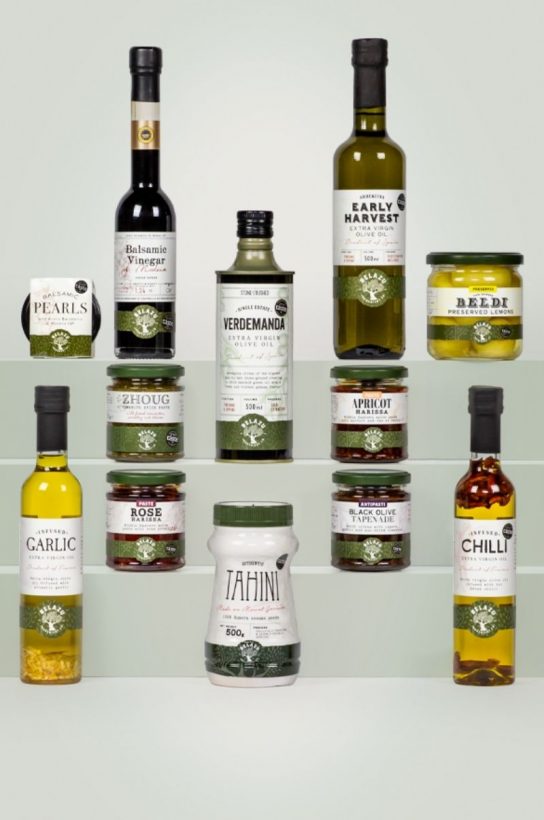Introducing Belazu x CODE video series
Published 11 February 2021

Have you ever wondered what makes a £1 bottle of balsamic vinegar different from a £15 bottle? Or perhaps what ‘good olive oil’ really means? If so, you’re in luck, as we’ve collaborated with our friends at Belazu to bring you a six-part series of short videos exploring a selection of their ingredients from the Mediterranean and Middle East.
Over the next six weeks, Belazu will be taking the CODE community through everything from tahini to fig leaf oil, and educating us on why great food needs great ingredients. The series will be available to watch on CODE’s IGTV, YouTube and across our social channels, with a new video released every Thursday.
We’ll also be hosting a special workshop for CODE members in March, alongside an exclusive offer on Belazu products (members, check your app for more details!) To find out more about the workshop on the 11 March and to book a spot (be quick as spots are limited) visit the event page here.
Episode One: Olive Oil
In our first episode, Belazu’s product specialist Robert talks us through olive oil, looking at the process of how it’s made along with some top tips on how to spot the difference between good olive oil and a bad one!
Episode Two: Tahini
In the second episode Robert explores hummu’s key ingredient: tahini. Watch the video to find out the difference between regular and black tahini, the process of how its made, and what makes their tahini different from others?
Episode Three: Vinegar
In the third episode, product specialist Robert tells us all we need to know about vinegar – from where the word derived from, the different methods used to create it, and how acidic vinegars need to be by law.
Episode Four: Fig Leaf Oil
Watch the fourth episode to hear product specialist Robert talk about fig leaf oil. Learn about how the product developed from an experiment, the versatility of the oil and why some people taste figs, and others taste coconut when they try it.
Episode Five: Balsamic vinegar
If you missed the masterclass last week, you can catch up by watching this short video about balsamic vinegar here. Learn about the history behind it, the different grapes that are used and how many KGs of grapes are needed to make a bottle.





